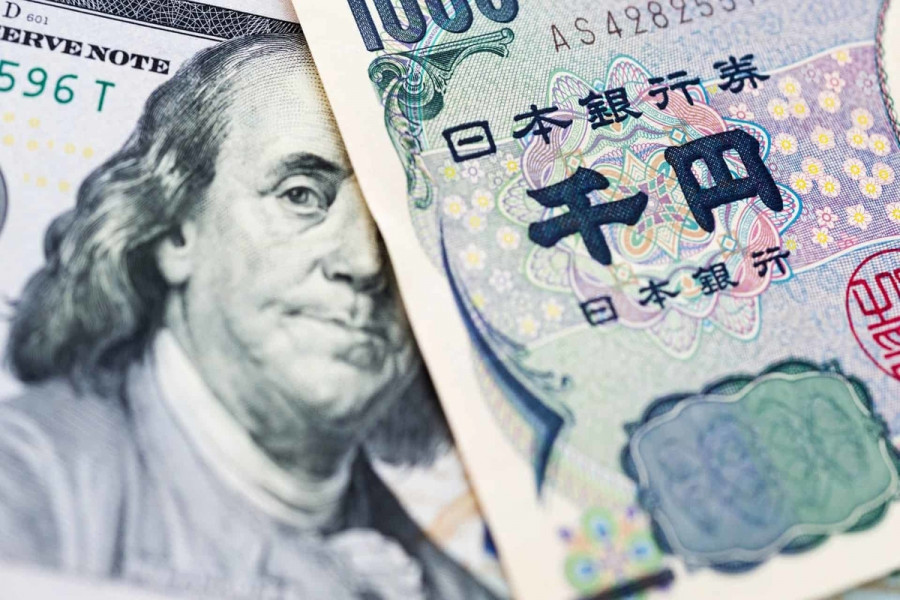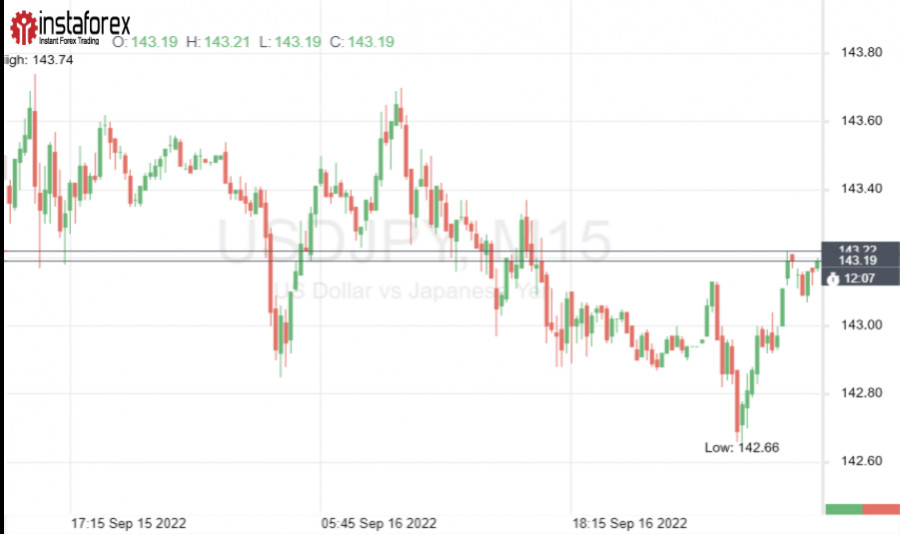

USD/JPY traders are awaiting the policy meetings of the Federal Reserve and the Bank of Japan this week. For many market players, the outcome of these meetings is obvious. However, some analysts do not rule out an unexpected turn of events.
Market expectationsLast week, the US dollar found strong support in US CPI data for August.
According to the report, inflation in the US decreased to 8.3% in August from 8.5% in July, falling short of expectations.
Inflation in the US remains above the Fed's target level of 2% and continues to be persistent, increasing expectations of more aggressive Fed monetary tightening.
The markets are currently pricing in an 81% probability of a 75 basis points hike. Some market players even believe the Federal Reserve could increase interest rates by 100 bps at its next meeting on September 20-21.
Both scenarios would fuel the US dollar's upward momentum against other major currencies, particularly against the Japanese yen.
Since the beginning of 2022, the yen decreased by 20% against the dollar due to a growing monetary policy gap between the Bank of Japan and the Federal Reserve.
While Fed policymakers are actively fighting inflation by rapidly hiking interest rates, their Japanese counterparts keep interest rates at very low levels.
Many traders now expect the BOJ to maintain their ultradovish policy course this week.
Recent decisions by the Bank of Japan suggest the regulator remains committed to its dovish course. Last week, the BOJ increased bond purchases twice to keep yields at their low level.
The BOJ's policy meeting is concurrent with the Fed meeting in the US. If decisions of both central banks match market expectations, it would send USD/JPY skywards once again.

Both events could give redoubled support to the instrument in the next few days. Many analysts predict significant upward movement for the pair in the short term.
Currency strategists at the Goldman Sachs see the yen fall to 155 against the dollar. An outlook by Rabobank predicts that JPY could slide down to 150, while RBC Capital Markets forecast a decline to 147. HSBC Holdings predicts that the yen could decrease to 145 against the US dollar.
What could go differentlyMany analysts warn that USD/JPY would be highly volatile this week.
There are numerous factors listed above that could push the US dollar up. However, a Japanese yen rally should not be ruled out.
The most obvious driver for the Japanese yen is a currency intervention. Last week, high-ranking Japanese policymakers have repeatedly raised the topic of a possible currency intervention.
If the yen once again approaches the key mark of 145 before or after policy meetings of the Fed and the BOJ, this could trigger an intervention by the Japanese government.
A less obvious scenario that could halt the uptrend of USD/JPY would involve the Bank of Japan giving up its current stance.
So far, few believe that the Bank of Japan could amend its policy, but their number is steadily increasing. According to reports by Reuters, swap rates betting on a shift in policy have sharply increased over the past several days as the regulator stopped referring to inflation as "temporary".
The Bank of Japan stopped labeling inflation as "temporary" in its transcripts and minutes of the policy meetings in July.
That month, Japanese core CPI hit 2.4%, the highest level in more than 7 years.
Inflation in Japan has exceeded its target level of 2% for a fourth consecutive month.
Furthermore, most BOJ policymakers expect core consumer prices to rise to 3% in October, Reuters reported.
This inflation surge could be driven by rising food prices. According to a survey by private research firm Teikoku Databank, about 80% of Japanese food companies plan to raise prices next month.
This price hike would affect more than 20,000 food items, which are expected to go up by 14% on average.
As a result, many BOJ policymakers have revised their inflation outlooks upwards, Reuters reported. It remains to be seen when the Bank of Japan will express its concern over price growth.
Some experts believe the first signs of such a shift could happen at the next BOJ policy meeting.
If the Bank of Japan begins to lose its sticky deflationary mindset and acknowledges that price growth is an issue that must be resolved, this would be regarded as the first hawkish signal by the market.
Such an event would pose a threat to USD/JPY rally.